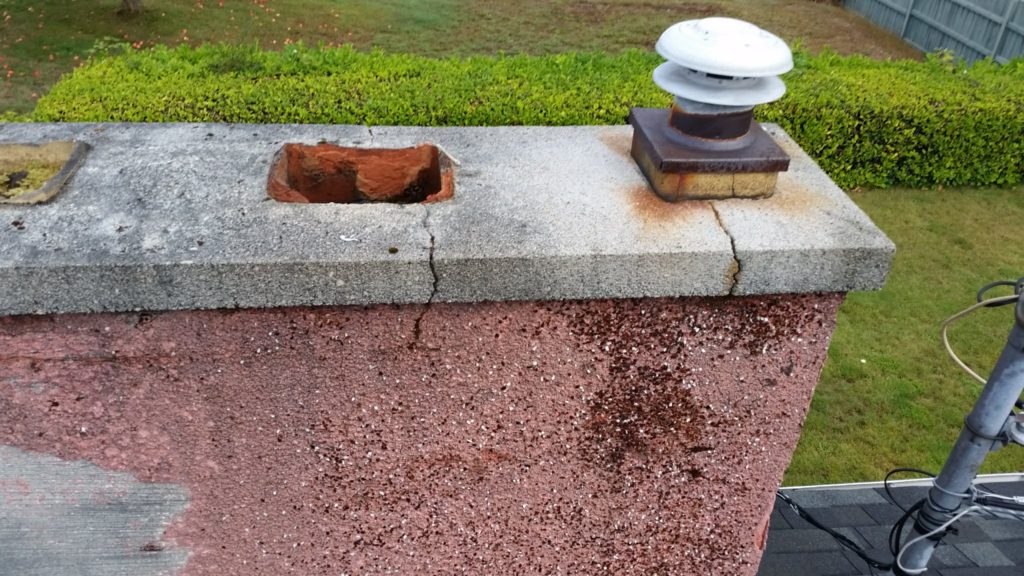In this post we discuss some of the feature unique to a 1950’s built house.
Last week we received a call from a real estate agent in Powell River requesting a home inspection. The inspection was required the next day. Fortunately we are able to comply with this request. The house was intriguing because it was built in the 1950’s. These 60 year old plus residences will have features not found in modern construction. Here are some of the issues that a house inspector will look for in this vintage of house.
- The roof will have been replaced at least once. Were the old shingles removed prior to installing the new shingles? It was common practice to install new over old. Although it made for a faster installation, over time it has since proven to be a poor practice and detrimental to the building’s envelope.
- How has the lot landscaping settled over time? Does surface water drainage slope away from the building?
- After six decades, what’s the condition of the driveway, walkways and retaining walls?
- Is there or has there ever been a underground storage tank used to store heating oil? This may be an environmental issue if it was not properly mitigated.
- Is the heating system at the end of its service life. The furnace should have been replaced at least once by now.
- Is the hot water tank at the end of its service life. Expect that the hot water tank has been replaced multiple times.
- What is the rating of the electrical panel? If it is any less than 100 Amps, then is should be replaced.
- Does the electrical panel have fuses? If so, it should be replaced.
- Are the wall receptacles 2-prong? If so, they are un-grounded and should be replaced with grounded 3-wire circuits and 3-prong receptacles.
- Are the windows single pane? This was the standard for that era and will result in higher heating costs in the winter.
- Expect to have asbestos in the building products. Floor, wall and ceiling finishes may have asbestos. Insulation may be of vermiculite, a known asbestos laden material.
- The original paint, both exterior and interior may be lead based.
- The waste pipe will likely be cast iron, which will be at the end of it service life.
- The water pipe may be galvanized steel, which will also be at the end of its service life.
- Check the condition of the chimney and the flue liner. Are they safe to use?
- Consider the insulation. The heating bills may be higher than expected as insulation was not a priority in house building construction. The insulation may have settled over time and have voids, especially in the upper third of walls. There may also be several different materials used that reflect insulation improvements over time. Vermiculite, fiberglass batts, blown insulation or urea formaldehyde foam insulation could be present.
For a buyer of a 1950’s house, as a minimum, it is important to look for newer elements including the roof, furnace, hot water tank, electrical panel and wiring, windows, water and waste water piping. Further, look for signs of water or moisture issues with the foundation. If these house systems have been maintained, upgraded and or replaced over time, then it is more likely that the house will still have more decades of longevity.

